On August 18, the Central Hospital of Odonto-Stomatology in Ho Chi Minh City coordinated with professors, doctors, and experts from the University of Queensland, Australia, to launch a training program on research and development of a community oral health care model for the period 2025 - 2030.
This is a national oral health survey program, conducted by the Central Hospital of Odonto-Stomatology in Ho Chi Minh City, the Central Hospital of Odonto-Stomatology in Hanoi , and professors and doctors from the University of Queensland, Australia.
According to a survey by the University of Queensland, there are about 3.5 billion people in the world with oral diseases. On average, the world spends about 380 billion USD each year on treatment and oral health care. In Vietnam, tooth decay and periodontal disease are the most common.

According to Director of the Central Hospital of Odonto-Stomatology in Ho Chi Minh City, Le Trung Chanh, the oral health survey aims to develop a strategy for prevention and care.
PHOTO: DR. KHOI
Dr. Le Trung Chanh, Director of the Central Hospital of Odonto-Stomatology in Ho Chi Minh City, said that the nationwide oral health survey will have strategic significance, aiming to provide accurate scientific evidence on the oral health status of Vietnamese people, contributing to the development of national orientations and policies on prevention, care and improvement of community oral health in the new period.
To ensure the scientific, standardized and highly reliable nature of research results, training and standardization for doctors and staff involved is a very important requirement. Therefore, the Central Hospital of Odonto-Stomatology in Ho Chi Minh City, in collaboration with experts from the University of Queensland, organized a training program on standardization examination to serve the 4th national oral health survey.
According to Dr. Le Trung Chanh, this oral health survey program follows world standards, with the participation of two leading maxillofacial hospitals in Ho Chi Minh City and Hanoi, aiming to build a strategy for disease prevention and oral care for children, students, and the public.
Responding to Thanh Nien reporters, Professor Do Giang Loc (University of Queensland) said that in the immediate future, the school's experts will train doctors and nurses from the two hospitals on epidemiological investigation methods. It is expected that the program will begin to be implemented in the provinces and cities in September 2025; the investigation period is expected to be at least 1 year.
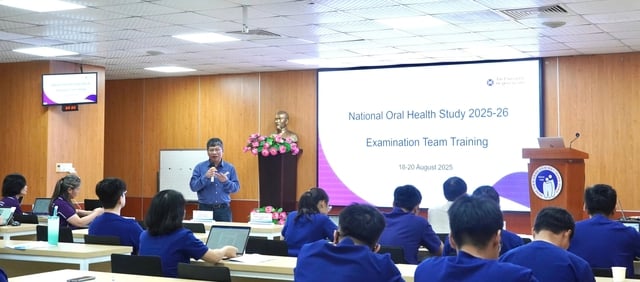
Professor Do Giang Loc (University of Queensland) is training on oral health investigation at the Central Hospital of Odonto-Stomatology in Ho Chi Minh City, on the morning of August 18.
PHOTO: DR. KHOI
Accordingly, the investigation of oral health status will be carried out at the following ages: kindergarten, primary school, secondary school and groups of 15 and above. From there, a national dental plan will be developed, with a plan for domestic oral health care; as well as contributing to the development of policies on oral disease prevention...
The school dental program, tooth decay prevention for students according to the school-station model (Project 5628) approved by the Ministry of Health, has been implemented in the past.
This is a program to improve the capacity of dental examination and treatment and prevent oral diseases in the community, period 2021 - 2030. In which, the Central Hospital of Odonto-Stomatology, Ho Chi Minh City is assigned to be in charge of implementing the project in the South.
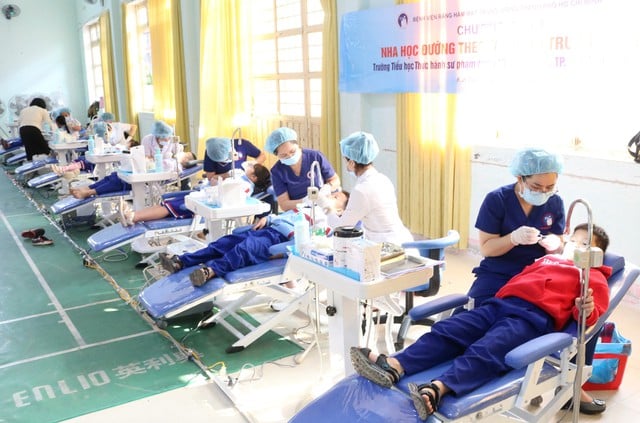
Doctors and nurses of the Central Hospital of Odonto-Stomatology, Ho Chi Minh City, carry out a school dentistry program in Ho Chi Minh City.
PHOTO: BVCC
The Central Hospital of Odonto-Stomatology in Ho Chi Minh City has implemented a school-based dental program in the school-station model in Vinh Long, Ben Tre (now Vinh Long province), Ho Chi Minh City, and Kon Tum (now Quang Ngai province).
In Ho Chi Minh City, through the implementation of the program in many schools, it has been recorded to help reduce the overall rate of tooth decay to 40%; baby tooth decay to 33%; permanent tooth decay to 8% and permanent molar decay to only 7%. The rate of gingivitis has also decreased to 10%...
Source: https://thanhnien.vn/dieu-tra-suc-khoe-rang-mieng-trong-nuoc-185250818135455397.htm











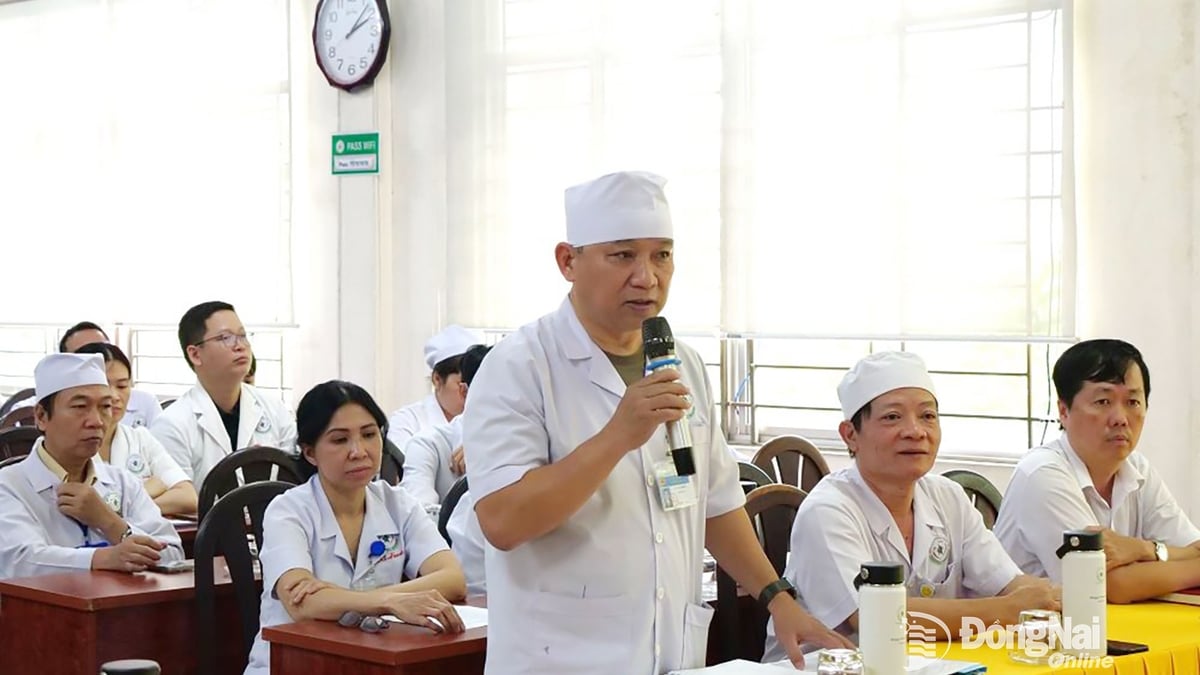






























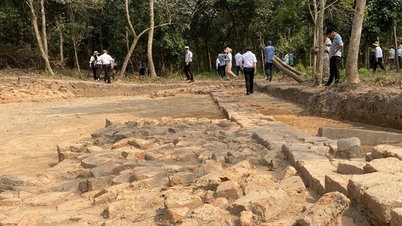
























































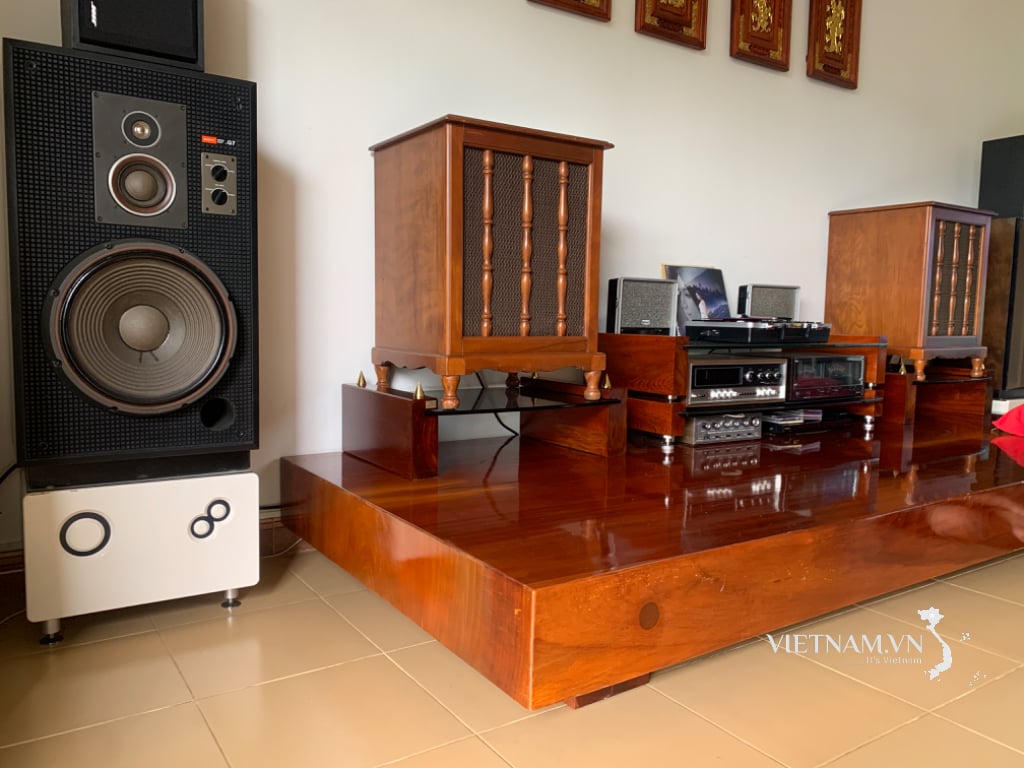
Comment (0)